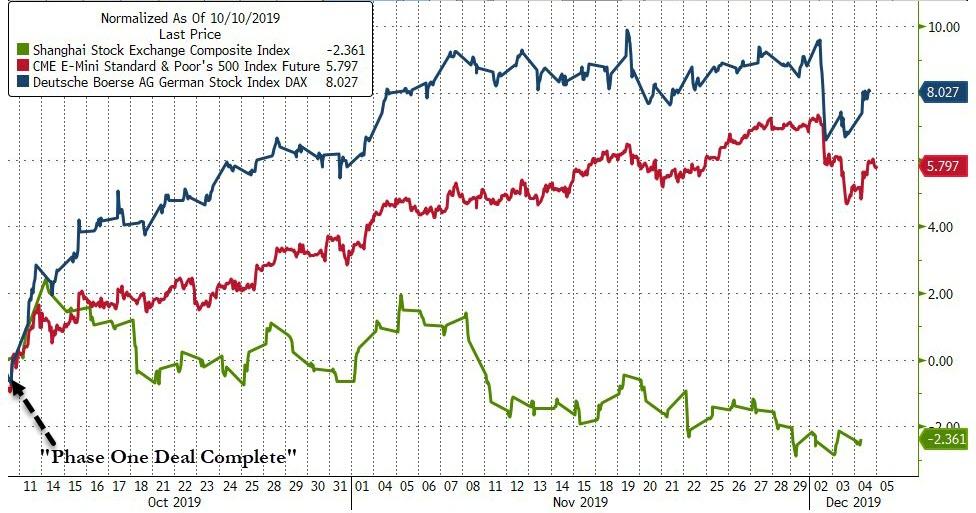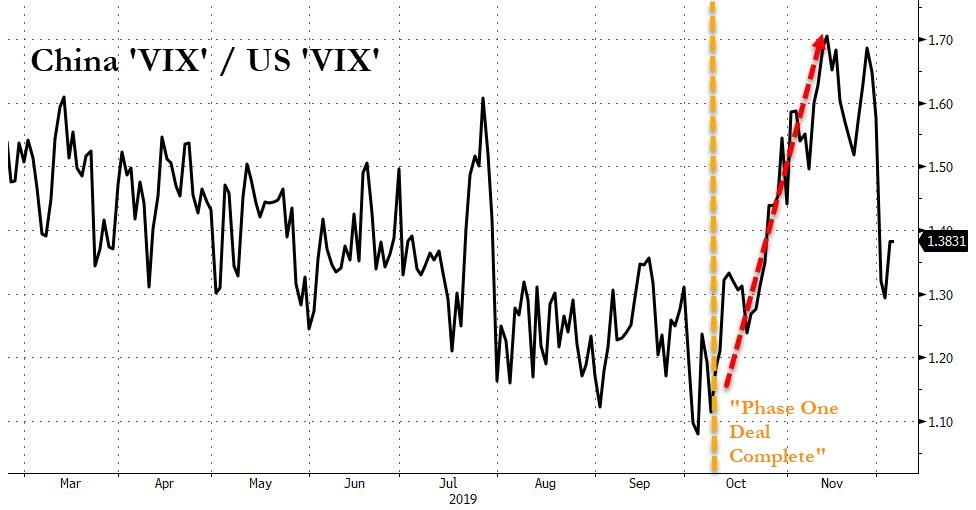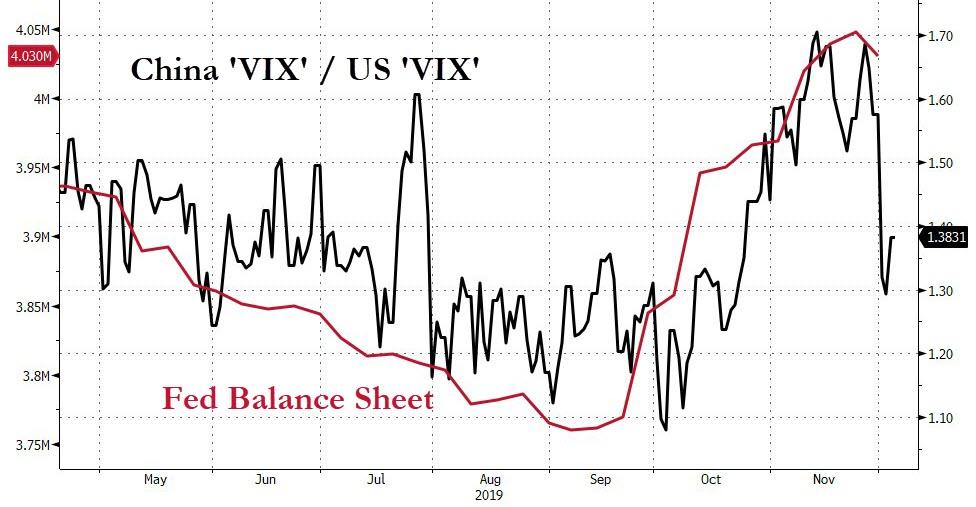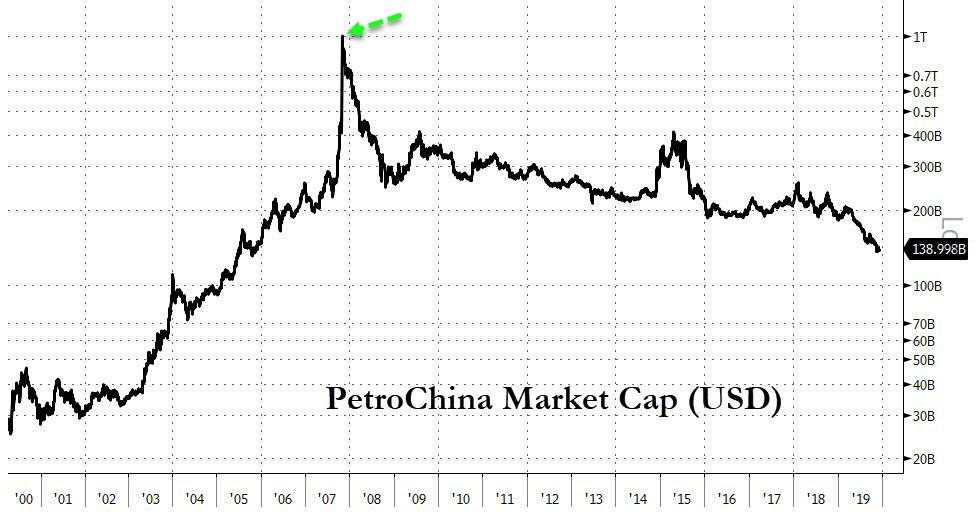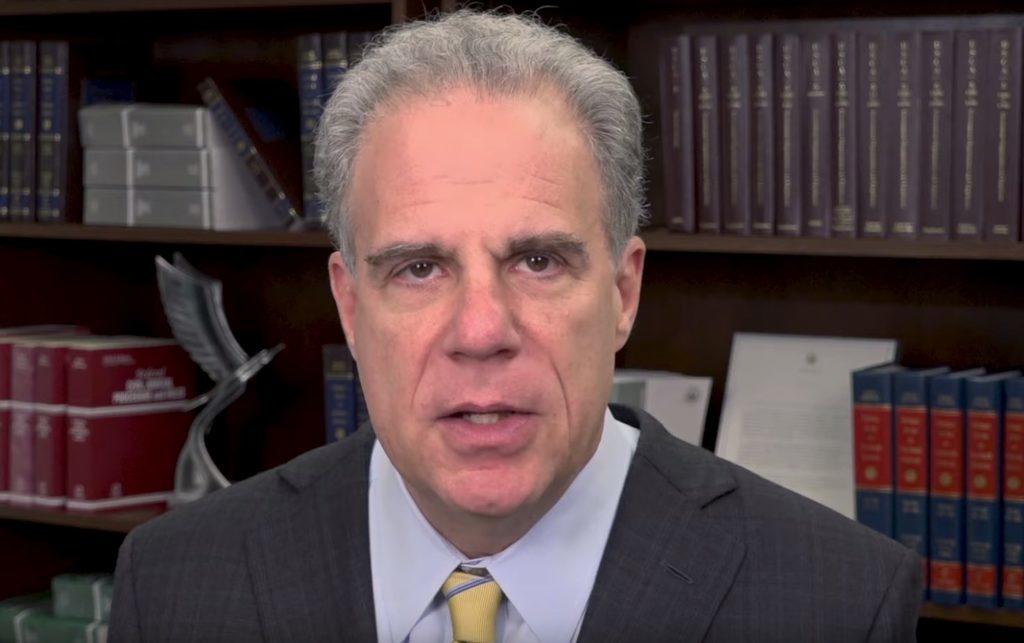The U.S. Supreme Court has agreed to hear U.S. v. Sineneng-Smith, a case having to do with when speech encouraging illegal conduct (there, illegal entry into the U.S. or illegal residence in the U.S.) can be criminally punished. I think the statute is properly read as limited to what American law generally calls “solicitation” of specific criminal conduct, rather than applying to abstract advocacy of such conduct. The Ninth Circuit read the statute more broadly, but the federal government argues (correctly, I think) that the statute should be read as limited to solicitation (though the government also argues that it criminalizes solicitation of noncriminal conduct as well).
I’ll be filing an amicus brief (on my own behalf) in support of neither party in the case, and it’s due at the printers tomorrow morning. In the meantime, I’d love to hear any suggestions for how it can be improved or corrected; please post them in the comments, or e-mail me at volokh at law.ucla.edu. (Of course, I’ll be cite-checking it and proofreading it myself today as well.)
Note that the question before the Court isn’t whether to recognize a solicitation exception—that was answered “yes” in United States v. Williams, and I can’t imagine the Court changing its mind on that. Rather, it’s what the boundaries of the exception should be.
[* * *]
Summary of Argument
In United States v. Williams, 553 U.S. 285, 297 (2008), this Court recognized a solicitation exception to the First Amendment—or perhaps recognized that solicitation is a special case of the “speech integral to criminal conduct” exception. See Holder v. Humanitarian Law Project, 561 U.S. 1, 43-44 (2010) (Breyer, J., dissenting); United States v. White, 610 F.3d 956, 960 (7th Cir. 2010). Either way, this Court did not define when speech becomes constitutionally unprotected solicitation, and when it remains constitutionally protected advocacy subject to the Brandenburg test. This case offers the opportunity to clarify this question, much as this Court has clarified what constitutes unprotected incitement, obscenity, child pornography, fighting words, and the like.
To be sure, if this Court concludes that 8 U.S.C. § 1324(a)(1)(A)(iv), which generally bans “encourag[ing] or induc[ing]” illegal entry or residence, goes beyond solicitation and does extend to abstract advocacy—e.g., someone writing a newspaper column broadly encouraging people to illegally enter the United States—then the statute could just be struck down as overbroad. But if the statute can be read as limited to solicitation, then this Court needs to define what solicitation means.
In particular, this case offers an opportunity to better define the “important distinction” between unprotected solicitation of crime and protected “abstract advocacy” of crime. Williams, 553 U.S. at 298-99 (citing Brandenburg v. Ohio, 395 U.S. 444 (1969)). This is especially so because the solicitation exception lacks the important “imminence” prong of the incitement exception: Soliciting crimes that are to take place some substantial time in the future can be punishable.
The line between protected abstract advocacy and unprotected solicitation must instead turn on specificity—solicitation should be limited to directly, specifically, and purposefully encouraging people to commit a particular crime. Sometimes this line may not be easy to draw, but often the distinction will be quite clear. And if § 1324(a)(1)(A)(iv) is read as limited to such solicitation of specific criminal conduct (even nonviolent criminal conduct), it is constitutional.
Moreover, because the premise of the solicitation exception is that solicitation is conduct integral to the commission of a crime, only solicitation of criminal conduct can be made criminal consistently with the First Amendment. Solicitation of merely civilly punishable conduct cannot be made criminal, though it can be punished civilly.
Argument
[I.] Title 8 U.S.C. § 1324(a)(1)(A)(iv) should be read as a constitutionally permissible ban on soliciting criminal conduct
Amicus agrees with the Government that the prohibition on “encourag[ing] or induc[ing]” in 8 U.S.C. § 1324(a)(1)(A)(iv) should be read as limited to solicitation, not abstract advocacy. See U.S. Br. 18-28.
[II.] Defining solicitation
This of course leaves the question of just what constitutes solicitation that is excluded from First Amendment protection. Lower courts and prosecutors need guidance on this, just as this Court has provided guidance as to other exceptions, such as incitement, obscenity, fighting words, and libel.
[A.] To be solicitation governed by Williams, rather than abstract advocacy governed by the Brandenburg incitement test, speech must be highly specific
To begin with, the Williams solicitation exception must coexist with the Brandenburg incitement exception. Simply allowing speech to be punished because it intentionally encourages some crime in the abstract, without a showing of imminence or likelihood of harm, would wrongly let Williams swallow up Brandenburg.
Indeed, American lawyers have been thinking about this problem since at least the late 1800s: The 1874 edition of Francis Wharton’s influential criminal law treatise, for instance, reasoned that too broad a view of solicitation would “greatly infringe[]” the “necessary freedom of speech and of the press.” 2 Francis Wharton, A Treatise on the Criminal Law of the United States 850 (7th ed. 1874). And this Court in Williams discussed this explicitly:
“To be sure, there remains an important distinction between a proposal to engage in illegal activity and the abstract advocacy of illegality. See Brandenburg v. Ohio, 395 U.S. at 447-448. The Act before us does not prohibit advocacy of child pornography, but only offers to provide or requests to obtain it …. [T]he term “promotes” [in the statute] does not refer to abstract advocacy, such as the statement “I believe that child pornography should be legal” or even “I encourage you to obtain child pornography.” It refers to the recommendation of a particular piece of purported child pornography with the intent of initiating a transfer …. There is no doubt that this prohibition falls well within constitutional bounds.”
553 U.S. at 298-99. The decision appeared to draw a line between specific advocacy—for instance, of a crime involving a specific victim or a specific item of contraband (as in Williams itself)—and abstract advocacy.
Lower court solicitation decisions are consistent with that line. Thus, the Seventh Circuit’s decision in United States v. White upheld a solicitation conviction for a threat against a particular juror, 610 F.3d 956, 957 (7th Cir. 2010); “punish all jurors who are traitors to their race” may in general be protected abstract advocacy, but “kill [juror name], who lives at [address]” would be unprotected solicitation. Several courts have upheld criminal punishment of statutory rape, when the defendant was trying to arrange an assignation at a specific time and place with someone whom he believed to be a specific minor. See, e.g., United States v. Hite, 896 F. Supp. 2d 17, 23 (D.D.C. 2012); United States v. McDaniel, 677 F.3d 346, 350 (8th Cir. 2012); Worth v. State, 223 So. 3d 844, 851 (Miss. Ct. App. 2017)). In United States v. Freeman, the Ninth Circuit specifically distinguished “statements that, at least arguably, were of abstract generality” (and thus constitutionally protected) from “advice to commit a specific criminal act” (there, a specific sort of income tax evasion), which would not be protected. United States v. Freeman, 761 F.2d 549, 552 (9th Cir. 1985). Other cases agree. See, e.g., People v. Rubin, 96 Cal. App. 3d 968, 977 (1979) (public offer of $500 to anyone who kills or seriously injuries any member of the American Nazi Party was constitutionally unprotected solicitation, because it was sufficiently specific); Sheeran v. State, 528 A.2d 886, 891 (1987) (request that a person burn a particular building was constitutionally unprotected solicitation, because it was sufficiently specific).
Likewise, in Hess v. Indiana, this Court concluded that a protester’s statement that “we’ll take the fucking street later” as police attempted to clear a crowd from a street was constitutionally protected: “Since the uncontroverted evidence showed that Hess’s statement was not directed to any person or group of persons, it cannot be said that he was advocating, in the normal sense, any action.” 414 U.S. 105, 109 (1973). The Court in Hess was speaking only about the incitement exception (hence this Court’s discussion of imminence, id.), but it is likely that Hess’s speech would not be solicitation, either, because of its generality: the speech lacked any specificity as to audience, lacked any specificity as to timing (“at worst, it amounted to nothing more than advocacy of illegal action at some indefinite future time,” id. at 108), and lacked a sufficient indication that the speech was really advocacy rather than just fulmination. But a statement to particular people that showed specificity of detail, such as “let us all come back and illegally block the street next Monday,” might well be punishable solicitation, albeit of a comparatively minor crime.
To decide whether § 1324(a)(1)(A)(iv) is unconstitutionally overbroad or vague on its face, this Court does not have to consider exactly how the line between solicitation and abstract advocacy will be drawn. But the cases do suggest some clear distinctions, and this Court should offer guidance on those distinctions.
In particular, merely arguing to the public at large that current immigration restrictions are wrong, and that it is morally proper for people to violate them in their search for a better life, would not be solicitation. See, e.g., Williams, 553 U.S. at 299 (stressing that the solicitation ban in that case “does not prohibit advocacy of child pornography,” or statements that “I believe that child pornography should be legal”). Indeed, even arguing in general that the listener should violate the law might not be punishable solicitation. See id. at 300 (stressing that the statute did not ban even statements such as “I encourage you to obtain child pornography”). Thus, “[a] loving grandmother who urges her grandson to overstay his visa, by telling him ‘I encourage you to stay,'” United States v. Sineneng-Smith, 910 F.3d 461, 483 (9th Cir. 2018) (cleaned up), would not be engaged in punishable solicitation.
But deliberately urging people to break the law at particular times or in particular ways (e.g., “you should hire X to bring you across the border near Y” or “you should stay in the country, though I know it is a crime for you to do so, and hide from the enforcement authorities in this particular way”) would be classic solicitation of criminal conduct. There may, of course, be borderline cases in which it is not clear whether the statement is specific enough to be punishable solicitation. Yet that is true of criminal solicitation statutes generally, and courts have nonetheless concluded that solicitation of crime is constitutionally unprotected. See, e.g., Williams, 553 U.S. at 299, 301-03; White, 610 F.3d at 961.
[B.] Solicitation may be criminally punished only if it consists of solicitation of crime
This Court’s decision in Williams builds on the principle that the First Amendment does not protect “speech or writing used as an integral part of conduct in violation of a valid criminal statute.” Giboney v. Empire Storage & Ice Co., 336 U.S. 490, 498 (1949) (cited in Williams, 553 U.S. at 297, as support for the proposition that “Offers to engage in illegal transactions are categorically excluded from First Amendment protection.”); see Volokh, The “Speech Integral to Criminal Conduct” Exception, supra, 101 Cornell L. Rev. at 989-97. Of course, this requires a valid statute, which is to say one that does not itself violate the First Amendment, because it bans conduct or speech that falls within one of the existing First Amendment exceptions. But when there is such a statute, whether it bans murder, or distribution of child pornography (such as in Williams), or restraint of trade (such as in Giboney), or criminal immigration violations (such as in this case), then soliciting violations of such a statute can itself be criminalized.
But this principle can only justify treating solicitation as akin to the solicited conduct. Solicitation of crime can be made criminal. Solicitation of civilly punishable or actionable conduct can lead to civil liability. See, e.g., Rumsfeld v. FAIR, 547 U.S. 47, 62 (2006) (suggesting that threats of public accommodation discrimination can themselves be made actionable, on the theory that such threats are a form of punishable conduct). That would indeed be treating solicitation as “an integral part of [the solicited] conduct.”
Solicitation of civilly punishable conduct, though, ought not be criminalizable consistently with the First Amendment, because that would go beyond treating the solicitation as “integral to criminal conduct,” United States v. Stevens, 559 U.S. 460, 468 (2010). “There comes a time, of course, when speech and action are so closely brigaded that they are really one.” Pittsburgh Press Co. v. Pittsburgh Commission on Human Relations, 413 U.S. 376, 398 (1973) (Douglas, J., dissenting) (citing Giboney as an example). But when “they are really one,” they ought to be either treated generally alike, or with the speech being more protected than action—not with the speech being criminalized when the action is not.
The First Amendment often justifies protecting speech more than related action, as when abstract advocacy of crime is protected. It may sometimes tolerate treating speech as equally punishable with action.
But it cannot allow treating speech as more punishable than the action that it encourages. The government cannot “afford[] a greater degree of protection to commercial than to noncommercial speech,” Metromedia, Inc. v. City of San Diego, 453 U.S. 490, 513 (1981) (plurality op.), because that would “invert[ the] judgment” that “noncommercial speech [generally receives] a greater degree of protection than commercial speech,” id. Likewise, the government cannot afford a greater degree of protection to conduct than to noncommercial speech that is supposedly “integral” to that conduct.
[C.] Solicitation of crime may be punished even if it purposefully solicits conduct that would happen months in the future
Solicitation generally requires simply a purpose to persuade someone to commit a crime against a specific enough victim or in a specific enough way, coupled with words that are intended to so persuade. “In the case of a criminal solicitation, the speech—asking another to commit a crime—is the punishable act …. [T]he crime is complete once the words are spoken with the requisite intent, and no further actions from either the solicitor or the solicitee are necessary.” White, 610 F.3d at 960. This intent is the “inten[t] that acts constituting a federal offense result,” United States v. Korab, 893 F.2d 212, 215 (9th Cir. 1989), labeled “purpose” in Model Penal Code terms: “A person is guilty of solicitation to commit a crime if with the purpose of promoting or facilitating its commission he commands, encourages or requests another person to engage in specific conduct that would constitute such crime ….” Model Penal Code § 5.02(1).
Urging someone to commit the crime of illegal entry into the United States, or to remain here when it is a crime to do so, with the purpose that the hearer act on this urging, is thus punishable solicitation. And such solicitation (as opposed to incitement) is not limited to speech soliciting imminent criminal conduct, at least in the sense of conduct that will happen in minutes or hours.
The classic examples of solicitation often involve speech urging criminal conduct at some definite or indefinite time in the future. Speech asking one’s followers to kill a particular juror may be solicitation even if one is not encouraging the followers to impulsively act right away. See, e.g., White, 610 F.3d at 957-58, 960 (soliciting murder is punishable even when no schedule had been set); United States v. Dvorkin, 799 F.3d 867, 878-79 (7th Cir. 2015) (likewise). Indeed, the speaker would presumably want to encourage the followers to plan carefully and deliberately, taking what time is needed.
Likewise, speech arranging a tryst with an underage correspondent can be criminal solicitation even if the encounter is to take place in a week or a month. See, e.g., Worth, 223 So. 3d at 847 (arrangement on March 25 to meet a 15-year-old girl for sex on April 20). Speech urging people to cheat in a particular way on their tax returns should be solicitation on January 14 as much as on April 14.
Some courts have offhandedly characterized criminal solicitation as limited to requests for imminent criminal conduct. See United States v. Phipps, 595 F.3d 243, 247 (5th Cir. 2010) (holding that counseling tax violations constituted a solicitation because it would lead to imminent lawlessness); State v. Ferguson, 264 P.3d 575, 578 (Wash. Ct. App. 2011) (upholding an accomplice liability statute banning soliciting, aiding, and abetting crime, on the grounds that the statute is supposedly limited to advocacy of imminent criminal conduct); Freeman, 761 F.2d at 552 (concluding that urging someone to commit tax fraud, if specific enough, could be punishable because it is “intended and likely to produce an imminent criminal act”).
But, for the reasons given above, such a limitation is not consistent with the logic of the solicitation exception recognized by Williams. Indeed, some of the cases that purport to apply an imminence requirement for solicitations do so just by implicitly redefining imminence, so that even behavior many months in the future would qualify as “imminent.” See, e.g., State v. March, 494 S.W.3d 52, 63, 75 (Tenn. Ct. Crim. App. 2010) (concluding that solicitation of murder involved an “imminent” crime even when “the plan was for [the solicitee, who was in jail,] to get out of jail on bond, lay low for a while, observe the [prospective victims], and find a routine where he could catch them together”); Freeman, 761 F.2d at 562 (describing solicitation of tax fraud as involving urging of imminent conduct, even though there was no indication that the solicitation happened on the eve of the tax filing); Phipps, 595 F.3d at 247 (likewise); Rubin, 96 Cal. App. 3d at 978 (requiring imminence but defining it to include actions that “may be some weeks away,” on the theory that “time is a relative dimension and imminence a relative term, and the imminence of an event is related to its nature”).
Such redefining of the term “imminent” is not sound, and it may lead to an erosion of the imminence threshold required under the Brandenburg test for abstract advocacy of crime. But even if this Court thinks that the crime of solicitation should include some proximity element, it should (1) uphold § 1324(a)(1)(A)(iv) as implicitly including such an element (much as Freeman and Phipps appeared to do as to the solicitation of tax fraud), and (2) make clear that this element can be satisfied—unlike with incitement under Brandenburg—even when there is a delay of weeks or months between the solicitation and the prospective criminal conduct being solicited.
[D.] Solicitation may be punished even when the solicited crime is nonviolent
One court has suggested (without expressly so concluding) that soliciting nonviolent crimes might not be punishable. United States v. Bell, 414 F.3d 474, 483 (3rd Cir. 2005). But the dominant view is to the contrary. See, e.g., Phipps, 595 F.3d at 247 (tax evasion); Freeman, 761 F.2d at 552 (likewise). Justice Brandeis’s opinion in Whitney v. California, 274 U.S. 357, 378 (1927), acknowledged that a state may “punish an attempt, a conspiracy, or an incitement to commit” “any trespass upon the land of another”—and that logic would equally cover solicitation—even though a state may not punish mere teaching and advocacy of such trespass.
Indeed, in Branzburg v. Hayes, 408 U.S. 665 (1972), this Court held that First Amendment law cannot protect some speech more than other speech depending on the severity of the crime to which the speech is relevant. In that case, journalists (and some of the dissenting Justices, id. at 745 n.35) argued that reporters might be subpoenaed to testify about confidential sources in criminal investigations of serious crimes, but not in criminal investigations of minor crimes. No, said, this Court: “[B]y considering whether enforcement of a particular law served a ‘compelling’ governmental interest, the courts would be inextricably involved in distinguishing between the value of enforcing different criminal laws,” which would involve courts improperly “making a value judgment that a legislature had declined to make, since in each case the criminal law involved would represent a considered legislative judgment, not constitutionally suspect, of what conduct is liable to criminal prosecution.” Id. at 705-06; see also Eugene Volokh, Crime Severity and Constitutional Line-Drawing, 90 Va. L. Rev. 1957, 1975-82 (2004) (arguing that any such constitutional lines based on case-by-case judgments of crime severity are hard to enforce in any principled way).
To be sure, in some contexts even speech that may end up encouraging criminal conduct might be constitutionally protected. See, e.g., Conant v. Walters, 309 F.3d 629, 637-39 (9th Cir. 2002) (reasoning that physicians’ advice to patients about the medical benefits of marijuana—even when marijuana possession remains illegal under federal law—may be constitutionally protected). Likewise, while lawyers ought not actively counsel their clients to violate the law, some statements that have the effect of increasing clients’ willingness to violate the law (e.g., “No, I think that under these circumstances you’re not likely to be criminally prosecuted for illegally remaining in the United States”) may be protected.
But these unusual scenarios should be handled either through recognizing narrow constitutional privileges for such situations, or through making clear that simply explaining the likely consequences of a particular course of action does not constitute “encourag[ing] or induc[ing]” that action. Indeed, striking down § 1324(a)(1)(A)(iv) as unconstitutionally vague or overbroad simply because of these professional speech scenarios would endanger a wide range of criminal solicitation statutes, such as 18 U.S.C. § 2, which generally do not have any express exceptions for professional-client speech.
This analysis does suggest that discussions among friends or even family members might be covered by § 1324(a)(1)(A)(iv): The “loving grandmother who urges her grandson to overstay his visa,” Sineneng-Smith, 910 F.3d at 483, could indeed be viewed as soliciting an offense (whether civil or criminal) if she offers specific details as to how he might commit the offense.
But loving grandmothers, no less than others, are subject to the constraints of solicitation law. If a grandmother encourages her grandson to engage in a specific course of fraud or violence, she can be punished for that. The same is true for encouraging the grandson to violate immigration laws.
Perhaps in some such situations, a prosecutor may choose not to prosecute the grandmother, or any other friend or family member, especially if the prosecutor believes that immigration violations are not very serious offenses. Justice may sometimes be tempered by an understanding of how the bonds of affection can lead people to violate the law in comparatively minor ways. But the First Amendment does not protect solicitation of crimes even within families.
Conclusion
This Court has recognized that there is a criminal solicitation exception to the First Amendment. This case offers an opportunity to carefully define the boundaries of this exception, establishing when the exception stops and the protection for abstract advocacy (governed by the Brandenburg test) starts.
from Latest – Reason.com https://ift.tt/2DRkYeJ
via IFTTT


